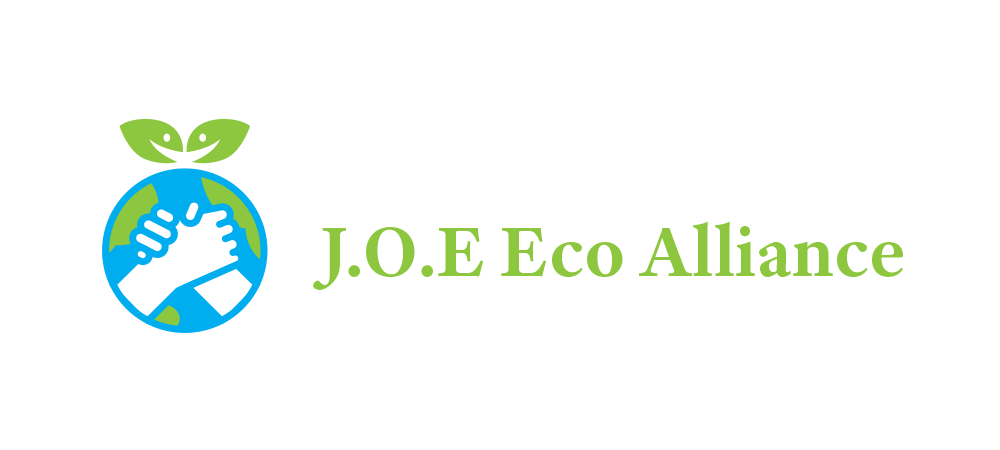各国须付出三倍努力才可能实现2°C控温目标
《排放差距报告》显示,由于各国应对气候变化的动力不足,当前全球温室气体排放量仍在上升。但私营部门表现出的强劲势头以及创新和绿色融资领域亟待开发的巨大潜力为弥合排放差距提供了解决途径。
联合国环境署每年发布一次这一旗舰报告,对“排放差距”进行最终评估 —— 即2030年的预期排放水平与实现2°C / 1.5°C目标所需减排水平之间的差距。
此次发布的是第9份《排放差距报告》。报告提供了国家减排努力以及各国落实所提出的国家自主贡献目标的最新统计数据,这些也是《巴黎协定》的基础。
在《联合国气候变化框架公约》第二十四次缔约方大会(COP 24) 即将召开之际,报告列举证据指出,全球温室气体总排放量已达到535亿吨二氧化碳排放当量( GtCO2e)的历史水平,且没有“达峰”的迹象—— 即排放量从增加到减少的转换临界点。报告作者评估,到2030年,只有占全球排放量60%的57个国家有望达到排放峰值。
继续升温的危险
这些分析结果,加上各国《巴黎协定》履约进展的审查结果表明,当前各国的减排步伐不足以实现《巴黎协定》目标。排放量的增加以及行动的滞后导致今年报告提出的差量比往年都高。报告指出,要将全球升温限制在2°C内,各国必须将各自的减排目标提高为原有的3倍; 若要控制在1.5°C之内,则需5倍的努力。
联合国环境署副执行主任乔伊斯·姆苏亚(Joyce Msuya)表示:“如果将此前政府间气候变化专门委员会(IPCC)发布的报告比作在全球拉响的火警警报,那么这份报告就已经发展为纵火调查。如今我们有实实在在的科学证据;也见证了全球为此采取的切实的气候行动——但各国政府需要以更大的紧迫感推行更有力的行动。我们正在助长火势蔓延,而灭火工具却在我们触手可及的地方。”
报告指出,如果按照当前形式发展下去,到本世纪末,全球可能升温约3°C左右,且气温还会持续上升。
行之有效的气候行动路线图
尽管报告强调,当前仍有机会缩小排放差距,使全球变暖幅度控制在2°C以下,但报告也同时发出警告:在抵抗气候变暖的紧迫进程中,我们尚未看到坚决的、大规模的“铁腕”行动。
为填补这一空白,《2018年排放差距报告》开辟了新视角,对什么是行之有效的气候行动进行了阐释。通过在财政政策背景下分析全球排放现状,并对当前的创新措施以及私营部门和次国家层面的气候行动进行详尽审查,报告出台了行动路线图,以最大程度地调动相关部门的减排潜力,力促转变发生。
从国家、州和地方政府到公司、投资者、高等教育机构和民间社会组织,非国家行为体正以越来越积极的姿态,开展实施大胆的气候行动。相关机构也逐渐被视为实现全球排放目标的关键因素。尽管减排潜力的评估存在显著差异,但有关方面指出,截至2030年,将避免排放 190亿吨二氧化碳当量(GtCO2e),这足以弥合实现2°C目标的差距。
如果再配合精心设计的财政政策,减排潜力还将大涨。
“当政府通过财政措施补贴低排放替代品,并对化石燃料进行征税时,他们就引导并带动了能源部门的正确投资,从而大幅减少碳排放。”联合环境署首席科学家刘健表示, “值得庆幸的是,人们已经逐步认识到财政激励措施所蕴含的潜力。目前51个国家和地区已经实施或计划实施基于碳定价的解决方案,覆盖了全球约15%的排放量。如果我们成功淘汰所有化石燃料补贴,到2030年全球碳排放量可减少10%。对碳排放进行合理定价也至关重要,如果一吨二氧化碳征收70美元碳关税,一些国家的减排量或许能达到40%。”
如果决策者接受创新解决方案,这些既定途径的实施效果还将进一步得到加强。对此,报告概述了加速低碳创新进程所需考虑的五大关键原则,包括风险控制和业务拓展;整体经济一致性;以任务为导向的方法;以及增加财务吸收的长期发展策略。

The report comes just days before the key UN climate change conference known as COP 24, taking place in Katowice, Poland, with the agency urging nations to triple their efforts to curb harmful emissions.
The UNEP report comes hot on the heels of the watershed Intergovernmental Panel on Climate Change (IPCC) report on global warming, released in October, which cautioned that emissions had to stop rising now, in order to keep temperature increases below 1.5°C, and reduce the risks for the well-being of the planet and its people.
“If the IPCC report represented a global fire alarm, this report is the arson investigation,” said UNEP’s Deputy Executive Director Joyce Msuya. “The science is clear; for all the ambitious climate action we’ve seen – governments need to move faster and with greater urgency. We’re feeding this fire while the means to extinguish it are within reach.”
Heat-trapping CO2 gas in the atmosphere is largely responsible for rising global temperatures, according to the overwhelming body of scientific evidence. UNEP’s 2018 Global Emissions Report, show global emissions have reached historic levels.
Total annual greenhouse gases emissions, including from land-use change, reached a record high of 53.5 Gigatons in 2017, an increase of 0.7 compared with 2016.
“In contrast, global GHG emissions in 2030 need to be approximately 25 per cent and 55 per cent lower than in 2017 to put the world on a least-cost pathway to limiting global warming to 2°C and 1.5°C respectively,” said the report.
What’s worse, the report notes that there is no sign of reversal of this trend and that only 57 countries (representing 60 per cent of global emissions) are on track to bridge their “emissions gap” – meaning the gap between where we are likely to be and where we need to be.
Increased emissions and lagging action means the gap published in this year’s report is larger than ever.
UNEP stresses that while “surging momentum from the private sector” and “untapped potential from innovation and green-financing” offer “pathways” to bridge the emissions gap globally, the “technical feasibility” of limiting global warming to 1.5°C “is dwindling”.
The authors of the report note that nations would need to triple their efforts on climate action without further delay, in order to meet the 2°C-rise limit by mid-century. To meet the 1.5°C limit, they would have to quintuple their efforts. A continuation of current trends will likely result in global warming of around 3°C by the end of the century, with continued temperature rises after that, according to the report findings.
“The kind of drastic, large-scale action we urgently need has yet to been seen,” said UNEP.
The report offers concrete ways for Governments to bridge their emissions gap, including through fiscal policy, innovative technology, non-state and subnational action, and more. This ninth UNEP emissions report has been prepared by an international team of leading scientists, assessing all available information.
“When governments embrace fiscal policy measures to subsidize low-emission alternatives and tax fossil fuels, they can stimulate the right investments in the energy sector and significantly reduce carbon emissions,” said Jian Liu, UNEP’s Chief Scientist.
“Thankfully, the potential of using fiscal policy as an incentive is increasingly recognized,” said Dr. Liu, referring to the 51 initiatives already in place or planned across the world to charge for carbon emissions (called “carbon pricing”).
“If all fossil fuel subsidies were phased out, global carbon emissions could be reduced by up to 10 per cent by 2030,” he added, explaining that “setting the right carbon price is also essential. At US$70 per ton of CO2, emission reductions of up to 40 per cent are possible in some countries.”
The 2018 Global Emissions Report report adds yet another building block of scientific evidence to inform decision-making at the upcoming UN climate change conference – the COP 24 in Poland – which starts on Sunday and will last for two weeks. The key objective of the meeting will be to adopt an implementation plan for the 2015 Paris Agreement.
Source: UN





